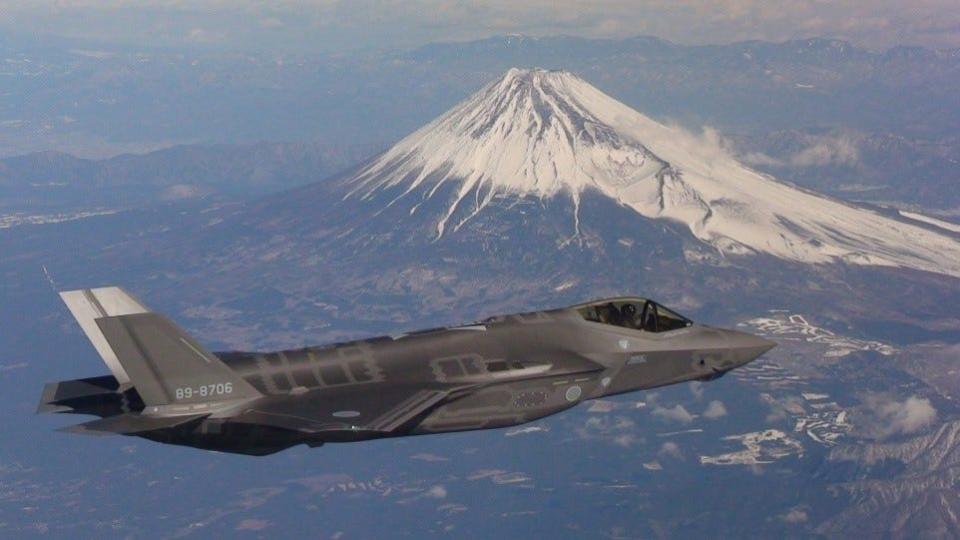-
Japan says first modification work on its newly converted light aircraft carrier has been completed.
-
JS Kaga was helicopter carrier identified as a destroyer refitted with to carry F-35 jets.
-
The Kaga will now undergo sea trials, and its results will help with the upgrades on another ship.
Japan is showing off the first changes made to one of its helicopter-carrying destroyers to turn it into a light aircraft carrier capable of operating F-35B Lightning II stealth fighters.
JS Kaga’s successful modification will pave the way for another of its helicopter carriers, JS Izumo, to also be converted into an aircraft carrier.
The Japanese Maritime Self-Defense Force announced the completion of the first special modification work on the Kaga earlier this month. In a post on X, it showed off the carrier, which now features a flight deck designed to operate and launch F-35 jets.
The first special modification work on the destroyer ”KAGA” was completed as planned on March 29.
The JMSDF will continue to systematically carry out the necessary modifications to the “IZUMO” class destroyer in order to acquire the operational capability of the F-35B. pic.twitter.com/JTaLkjRWu5— Japan Maritime Self-Defense Force (@jmsdf_pao_eng) April 6, 2024
The JMSDF noted in the post that it was still upgrading another vessel, the Izumo lead-in-class helicopter carrier, to be able to launch and recover F-35s. Once both ships are able to operate the jets, Japan will have a capability it hasn’t seen since World War II.
And it’ll need it, too. As of October 2023, Japan is still planning to acquire more than 147 F-35s — 105 F-35As and 42 F-35Bs.
Japan began to dramatically overhaul its Self-Defense Force in October 2021, creating its first amphibious military unit since WWII and launching a new class of modern frigates. It also announced the conversion of the two Izumo-class helicopter carriers into light aircraft carriers.
The upgraded Japanese warship resembles a US Navy big-deck amphibious assault ship, which the sea service and the Marines have previously explored using as light so-called “lightning carriers” in reference to F-35.
Although Japan has a long history with flattops and its navy was one of the first to use aircraft carriers effectively, the ongoing upgrades mark a milestone for it in the modern maritime era.
The project is also an opportunity in US-Japanese relations amid concerns about aggression from China, as Japan builds carriers that could eventually host American jets as well as its own, as it demonstrated back in October 2021 when two US Marine Corps F-35Bs landed on and took off from the deck of the Izumo.
In 2018, Japan said China was engaging in “unilateral, coercive attempts to alter the status quo based on its own assertions that are incompatible with existing international order.” It’s issued other complaints since.

China’s growing military power has prompted worries from US military leaders and lawmakers, while the continued buildup of its navy, the largest in the world, has raised alarms about the US’ faltering shipbuilding and what’s needed for the future.
Earlier this month, China expressed concerns about Japan’s partnerships and growing capabilities, particularly the potential that it could work with Australia, the UK, and the US on nuclear-powered submarines in the AUKUS security agreement.
“Given Japan’s not-too-distant history of militarist aggression, Japan’s military and security moves are closely watched by its Asian neighbors and the international community,” Chinese Foreign Ministry spokesperson Mao Ning said.
“Japan needs to seriously reflect on its history of aggression, stop its involvement in small military and security groupings, and truly embark on a path to peaceful development,” she said.
Read the original article on Business Insider
